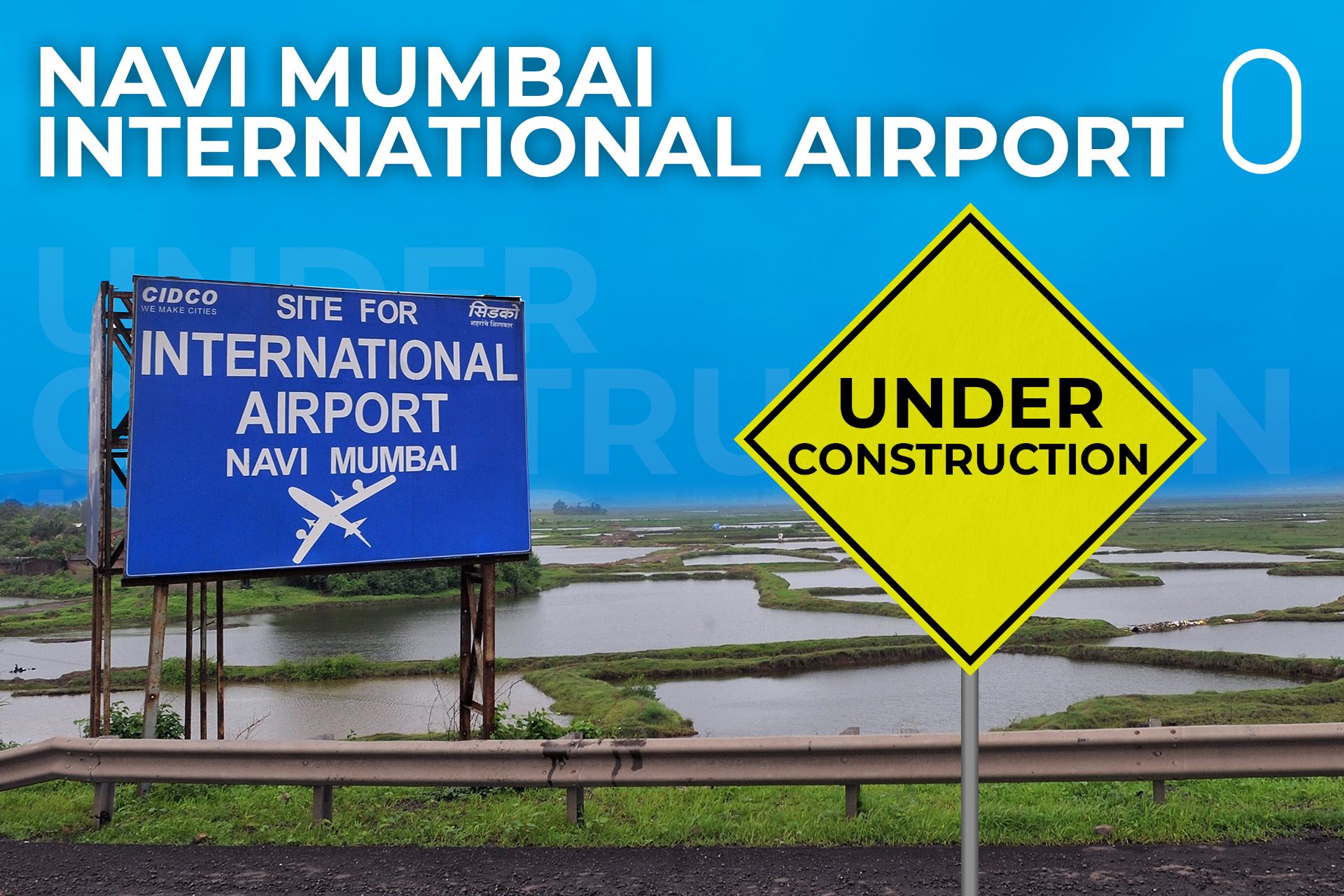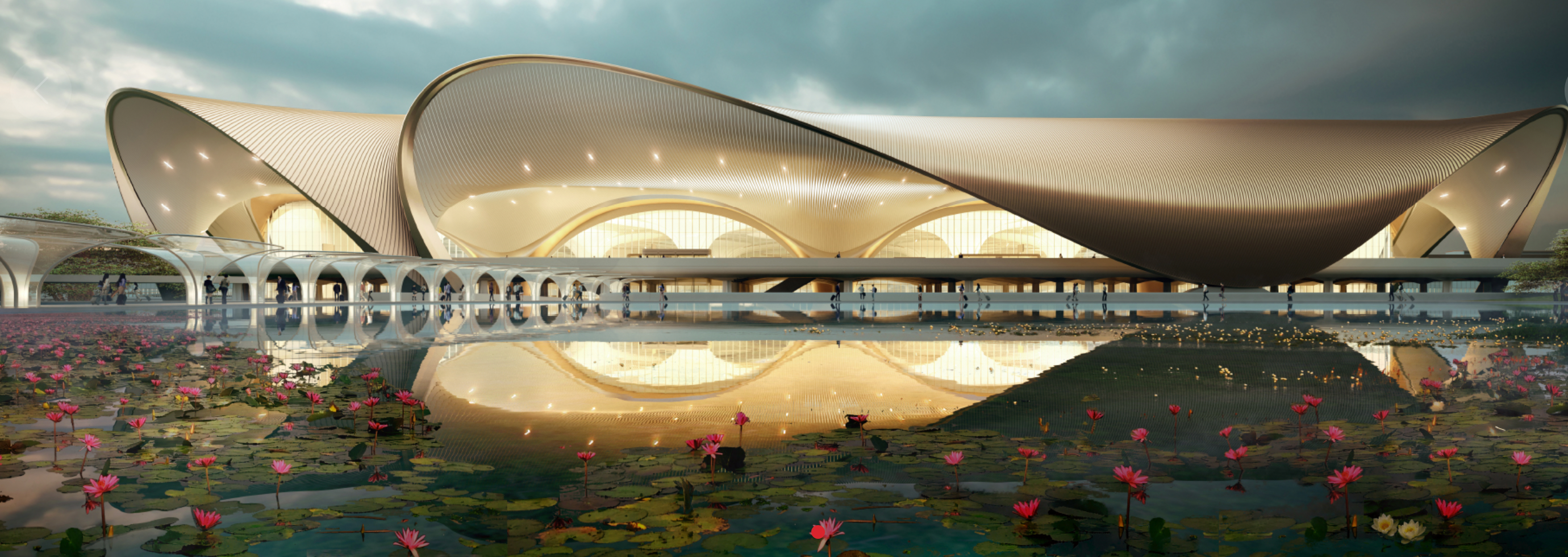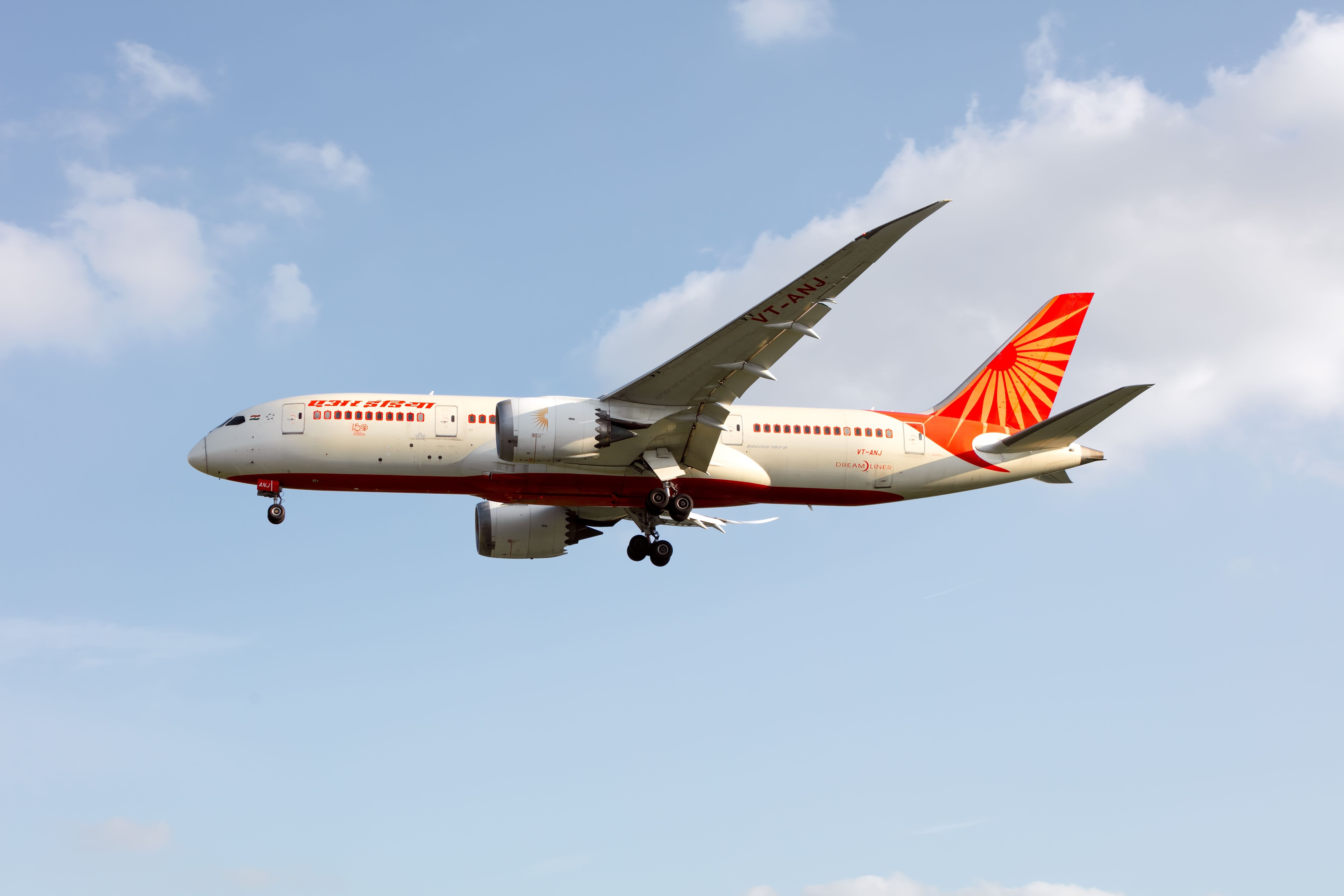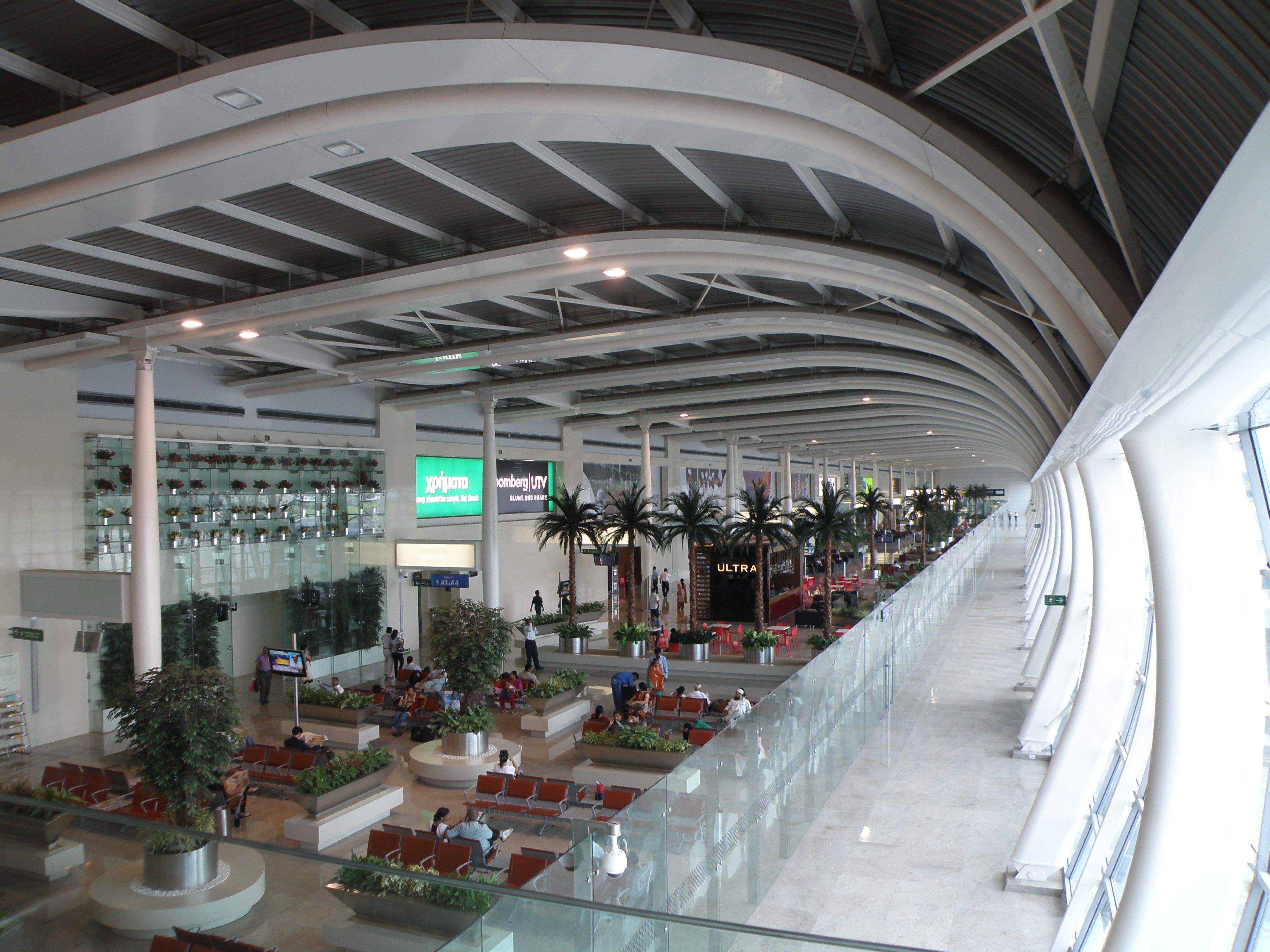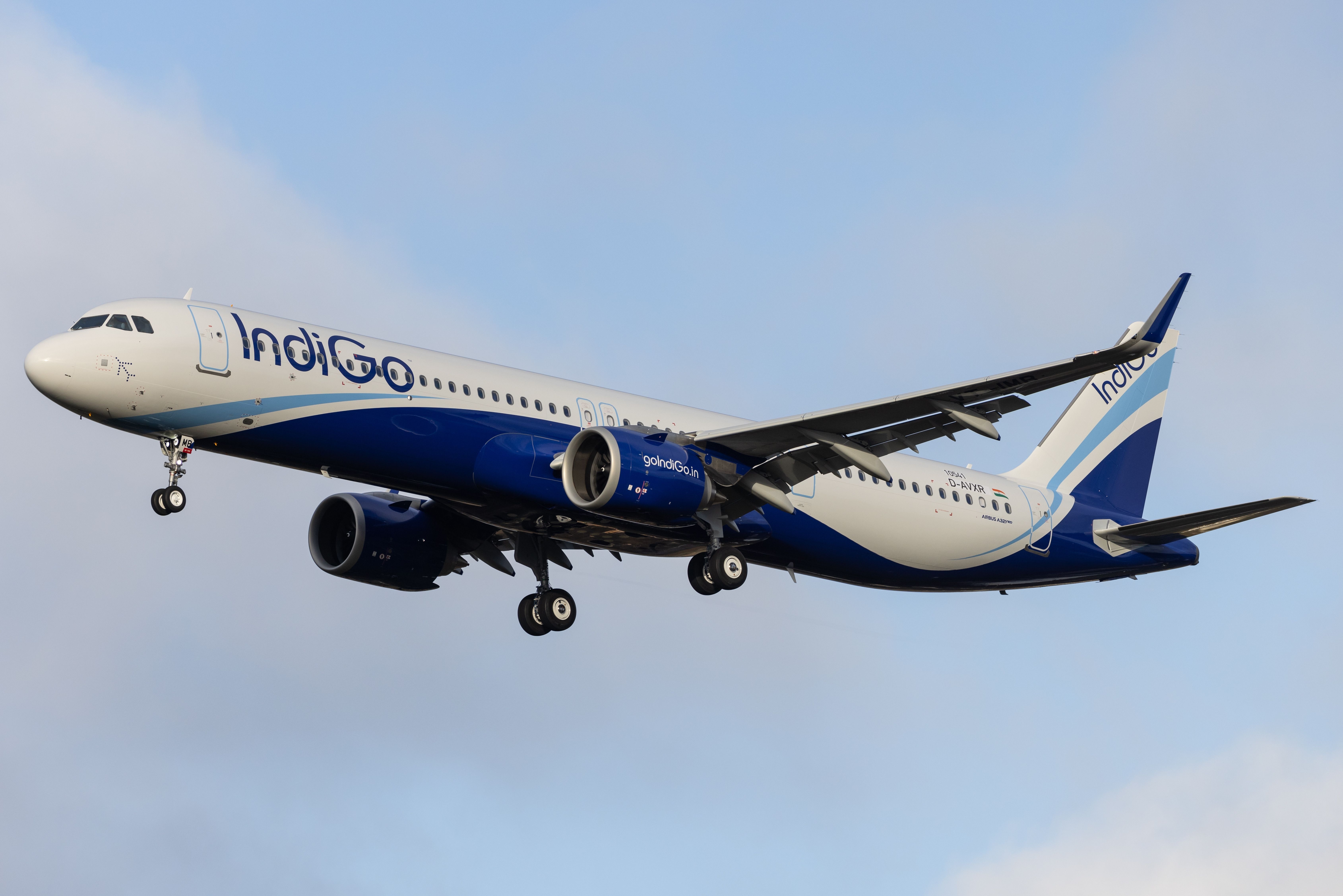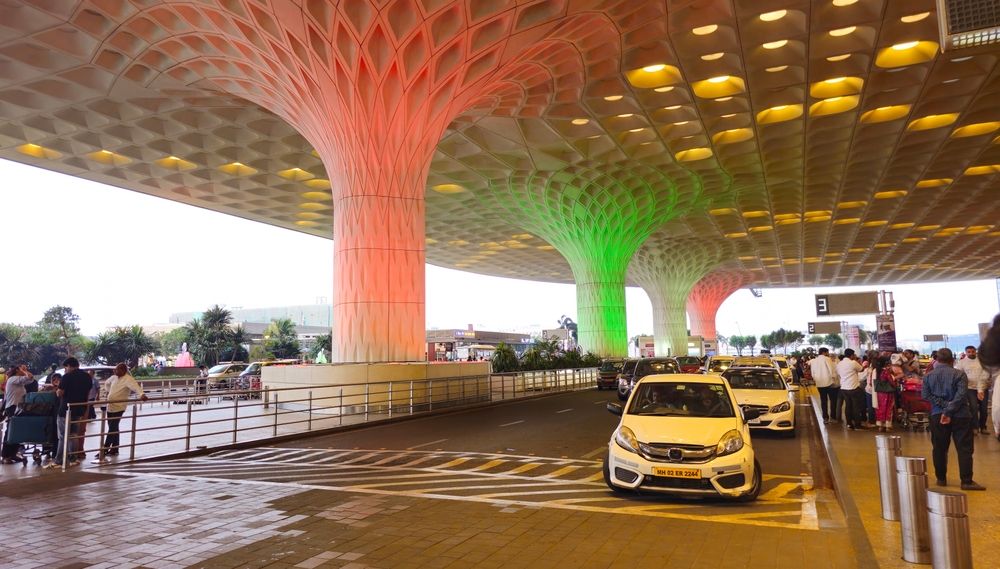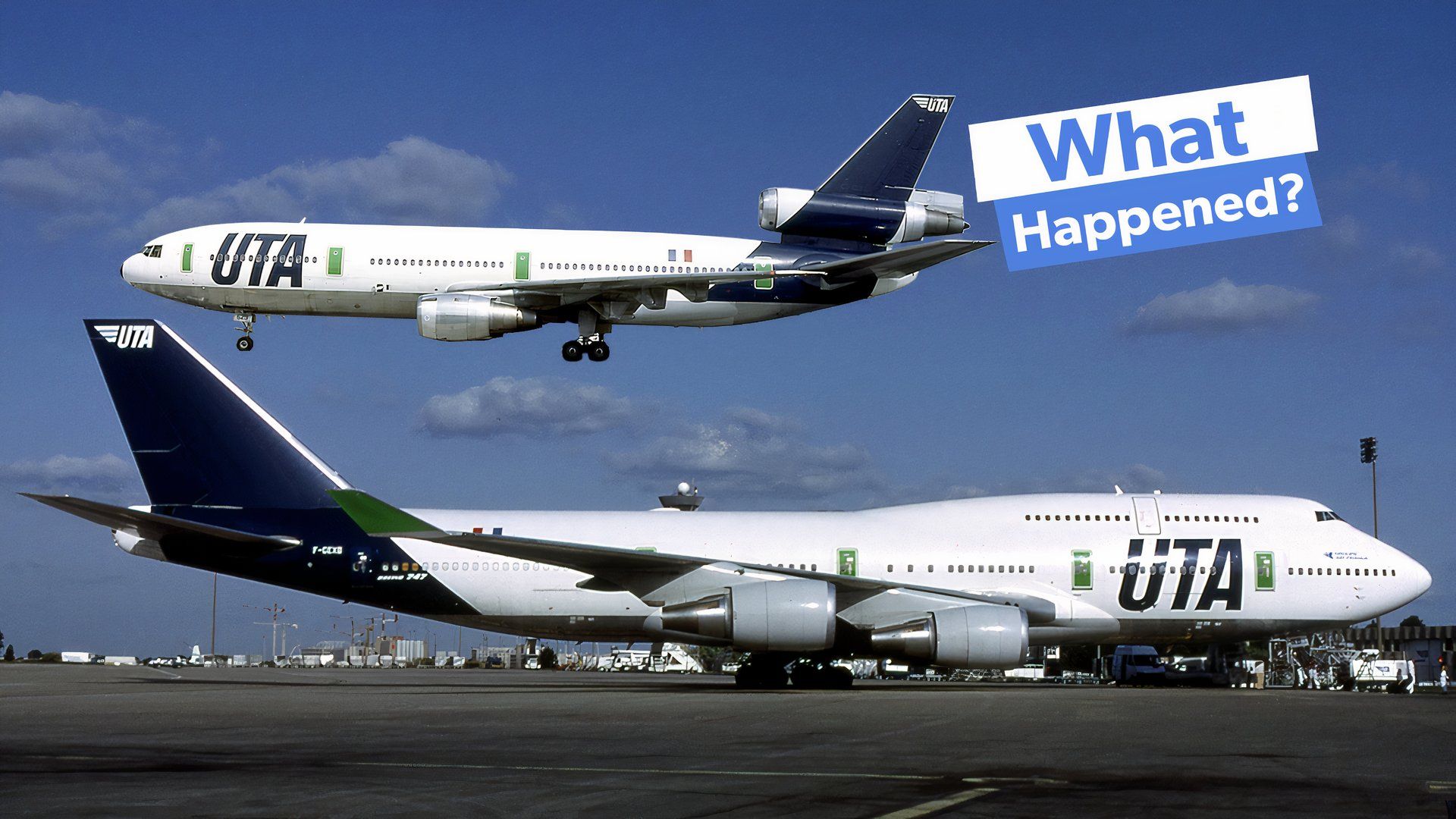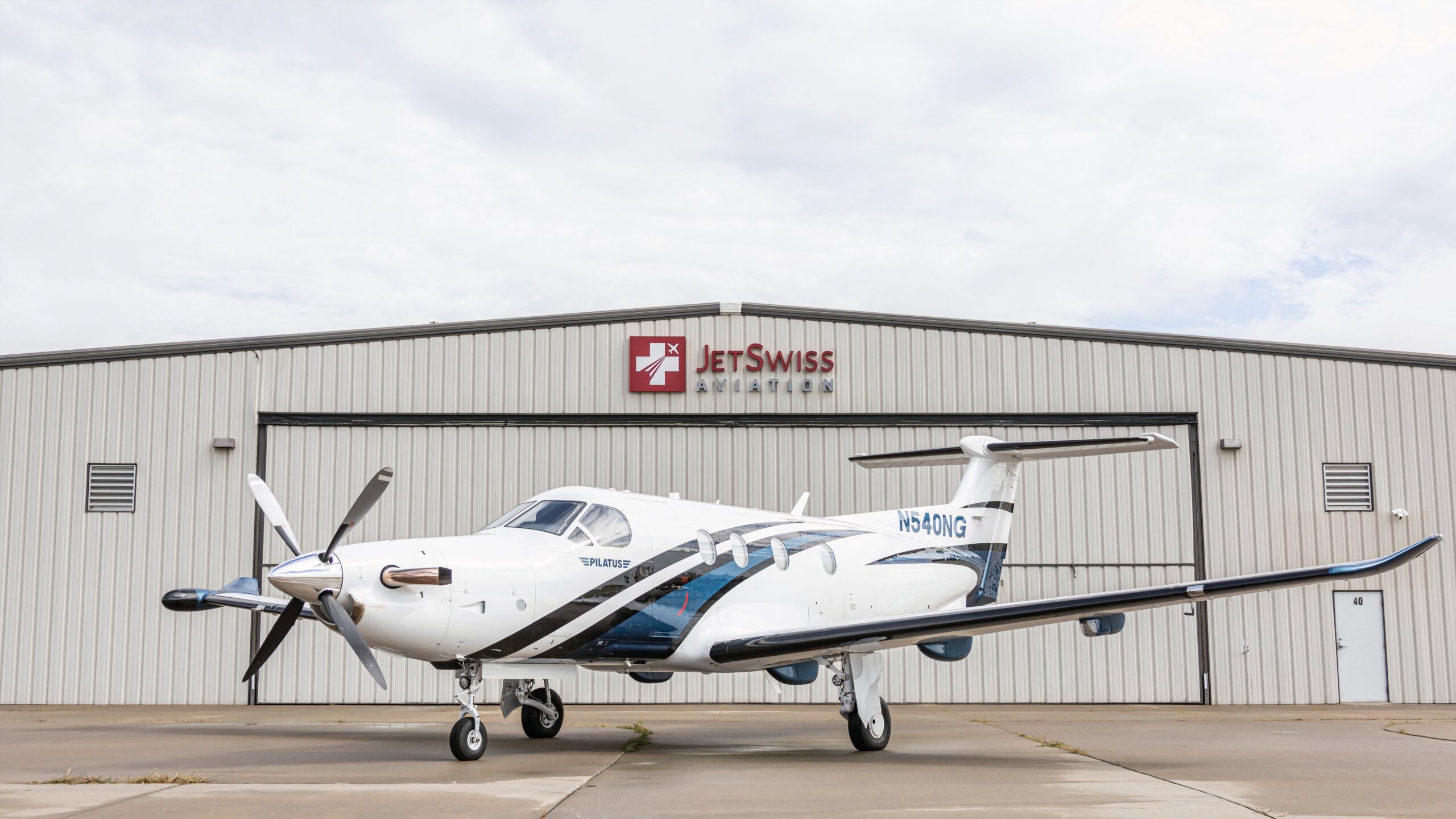India is one of the world’s fastest-growing aviation markets – just last year, IndiGo
(India’s largest airline) placed a world-breaking order for 500 aircraft. Mumbai
is a megacity of around 12 million (or as much as 20 million in the greater area) and is regarded as the financial capital of India. Mumbai’s existing airport ( Chhatrapati Shivaji Maharaj International Airport
, BOM) is at capacity while the city’s air traffic is expected to grow massively in the future. To meet this demand, India is building the massive Navi Mumbai International Airport (NMIA) in the city’s western half.
First phase nearly finished
The idea of a second airport in Mumbai had been floated since the late 1990s but only came to fruition in 2018 when Indian Prime Minister Modi laid the foundation stone. However, construction didn’t actually start until August 2021. The new airport is located in Navi Mumbai, a suburb of the main city and about 40 kilometers from BOM.
NMIA will consist of three passenger terminals spread out in a lotus shape (the country’s national flower), with Zaha Hadid Architects, founded by the late British-Iraqi Zaha Hadid, leading the project. Two cargo terminals for domestic and international traffic will be set up as well, likely allowing foreign operators to use the airport as a hub. All of this will be separated by a two-runway layout, coming short of the four seen in Delhi but still marking a step up from existing facilities.
Photo: Navi Mumbai International Airport/Adani Airports
As with most major projects, NMIA will open up in phases. Eventually, the airport will have a capacity of 90 million passengers, nearly double what Mumbai Airport offers. However, this will take over a decade to be realized under current plans, which are subject to revision. Interestingly, the airport will also boast significant general aviation facilities – the largest in the country – and heliport capacity.
First flights in 2025?
NMIA is being constructed by Adani Airports, which bought a stake from the previous operators of Mumbai Airport, GVK, in August 2020. The sprawling conglomerate began construction work in August 2021.
|
Navi Mumbai International Airport: |
|
|---|---|
|
First foundation stone laid: |
2018 |
|
Construction started: |
2021 |
|
Opening date: |
March 2025 |
|
Projected 40 million passengers: |
2027 |
|
Projected 60 million passengers: |
2031 |
While previous reports suggested the airport could open as early as November 2024, this has now been pushed back to March 2025. The Hindustan Times previously reported the Union Minister for Civil Aviation as saying the airport “will commence operations in November or December this year,” with March 2025 being the airport’s full Phase One opening date.
First flights from NMIA are expected in March 2025
In July 2024, The Hindu recorded the Union Civil Aviation Minister as saying, “The airport will be in operation in March 2025. The construction progress is as per schedule.” The Hindu notes, “Earlier, the entire airport was to be operational in two phases, but the phases were later merged to match up with the deadline for the second phase, which now stands at March 2025.”
It is common for large projects to face delays. Official projects expected the airport to handle 10 million passengers annually starting from 2019 and rising to 25 million in 2023. Now, the airport is expected to handle 40 million in 2027 and 60 million by 2031.
Twenty million annual passengers is around 40% of the peak capacity of Mumbai Airport, which means we can expect to see airlines move sizable operations to the new facility when opened. As India matures as an aviation market, major cities like Mumbai will see multiple airports that serve different markets. BOM will primarily act as an international hub along with premium and domestic feeder flights, while NMIA will operate as a domestic and regional hub.
In a statement after securing financing, an NMIA Director said,
“The Adani Group’s focus is to create and provide best-in-class airport infrastructure and allied services to the consumer. We aim to converge India’s biggest cities with other surrounding cities and towns in a hub and spoke model. Given the central role airports will play in the future, we intend to develop an economic ecosystem that has airports and airport users at its core.”
For now, all eyes are on whether NMIA sticks to its timeline and how it will change travel in and out of Mumbai in the future.
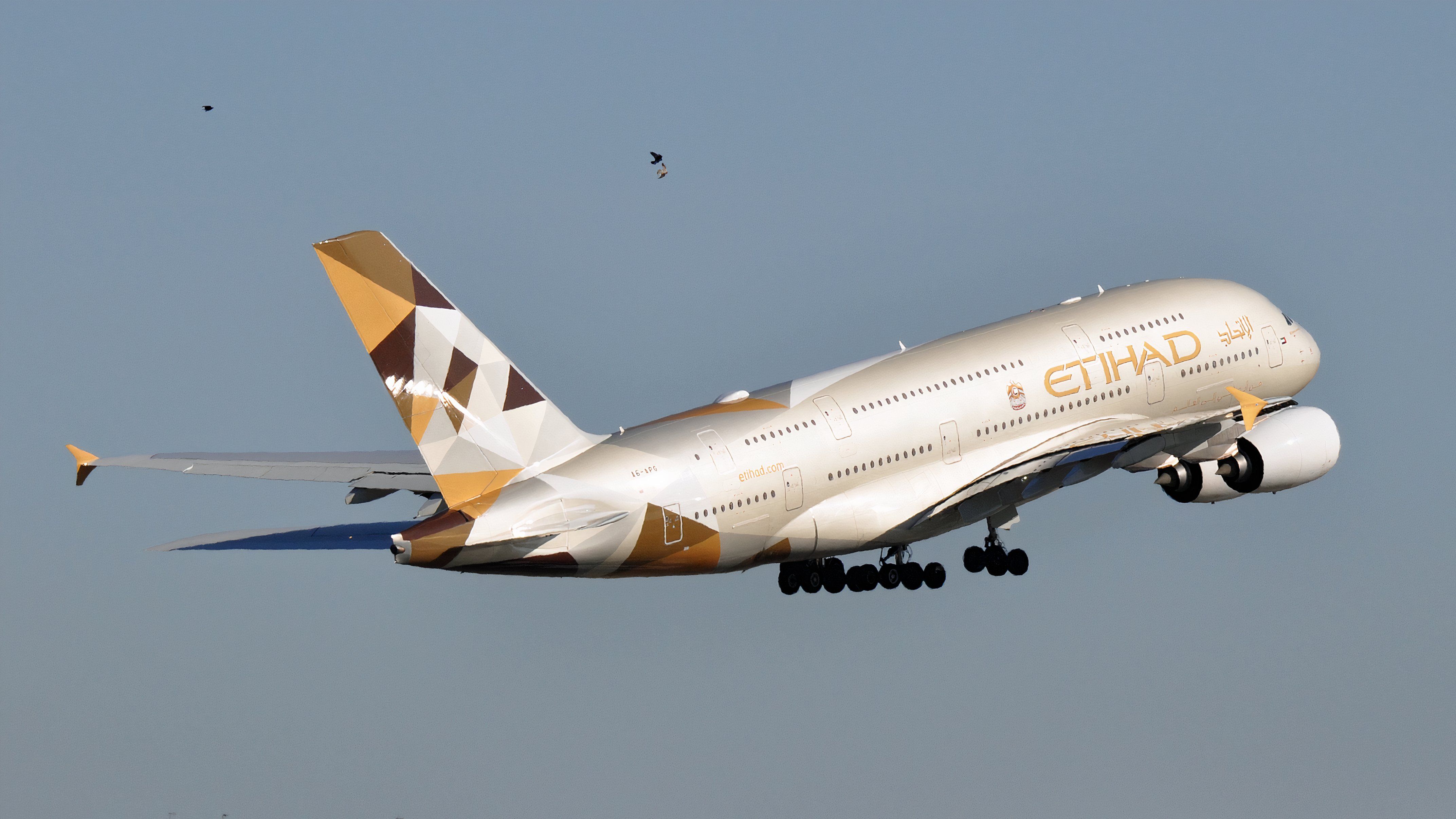
Related
Etihad Airways Returns The Airbus A380 To Mumbai—What Do You Make Of It?
Etihad is by far the smallest of the so-called ‘Middle East Big Three’ airlines. On September 1, it resumed using its largest equipment—the 486-seat Airbus A380—on the relatively short hop between its Abu Dhabi hub and Mumbai.
Curiously, despite last using the double-decker to the Indian city in June 2017, one reader of my colleague’s article on the return said it was not news.
Etihad will have three weekly double-decker flights to Mumbai until December 29. This setup is for crew training reasons before more A380s return to service. For the same reason, Etihad had scheduled Abu Dhabi-Jeddah A380 flights from September 1 to October 26, but they have been cut.
What do you make of the carrier using the type to Mumbai? Let us know!
Mumbai & Navi Mumbai Airports to operate as one
In September 2024, the Financial Express reported that the existing Mumbai Airport and the upcoming Navi Mumbai Airports are planned to function as a unified aviation hub. Both airports are owned by the subsidiary Adani Airport Holdings. Upon completion of Navi Mumbai’s Phase One, the two airports will be operated as one airport with two runways and three terminals.
Photo: Kevin Hackert | Shutterstock
The first aircraft to be shifted to Navi Mumbai will be turboprop aircraft – turboprop aircraft ATRs typically consume valuable runway capacity at the already congested Mumbai Airport.
|
Mumbai-Navi Mumbai express train line: |
|
|---|---|
|
Length: |
22 miles |
|
Speed: |
55 mph |
|
Termini: |
Mumbai Airport & Navi Mumbai Airport |
|
Ride duration: |
Unclear (over 30 minutes) |
Photo: cameranest l Shutterstock
There are plans to build an express metro line to connect to the two airports called Gold Line 8 (to be part of the Mumbai Metro). This airport express line will run for 22 miles with a train frequency of 15 minutes between trains. The line is expected to be partly elevated, and eight metro stations are proposed along the line. The Times Property (writing in May 2023) suggested the line could be completed around the time Mumbai Navi Airport begins operations, and the train will be able to operate at speeds of 90km/h or 55 mph.
What do you think about the future of Navi Mumbai International Airport? Are you excited to see another airport in the city? Let us know in the comment section.

